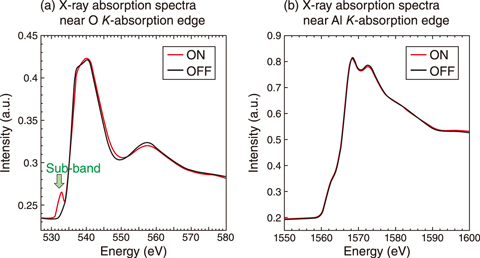
Fig.5-16 Schematic of the structure of amorphous alumina

Fig.5-17 X-ray absorption spectra for ON/OFF memory states
The conventional main memory of a computer requires a successive electric power supply to retain digital data, thus causing high electricity consumption. To solve this problem, resistive random access memory (ReRAM), which employs a resistance switching induced by voltage, is a promising candidate for the next generation of memory. Many transition metal oxides have been studied as candidates for ReRAM materials. However, the resistive switching associated with ReRAM in transition metal oxides is concomitant with changes in the valence number. As in any chemical reaction, this process is accompanied by minor reactions and byproducts, which reduce the endurance of the ReRAM device and have thus hindered the widespread usage of transition metal oxides in universal memory systems.
In this work, the ReRAM effect in amorphous alumina with vacancy-type oxygen defects (AlOx), as shown in Fig.5-16, was investigated. In an amorphous material, atoms are not regularly arranged, unlike in a crystal. Based on first-principle calculations, a charge–discharge model of oxygen vacancy in AlOx was proposed. The electronic structure of the valence band was studied in a high-resistance state (HRS) and a low-resistance state (LRS) in the AlOx. To detect differences in the electronic structures between the LRS and HRS in an element-selective manner, X-ray absorption spectroscopy was performed.
The results demonstrated the changes in electronic structures between the LRS and the HRS of the AlOx film. The subpeak for the charging of electrons into oxygen vacancies was observed in the X-ray absorption spectra near the K-absorption edge of the oxygen (Fig.5-17(a)). This subpeak likely corresponds to the mid-gap found via the first-principles calculation. The energy spectra of the LRS and HRS near the K-absorption edge of the aluminum were nearly identical (Fig.5-17(b)). This suggests the absence of any byproducts. These results are supportive of the proposed charge–discharge oxygen vacancy model.
These results demonstrate that amorphous alumina is a good candidate for the next generation of nonvolatile memory. As Earth’s surface is rich in oxygen and aluminum and AlOx film can be produced with a low environmental impact, this work opens the door to a lowered electrical consumption in a modern computer-dependent society.
(Masato Kubota)